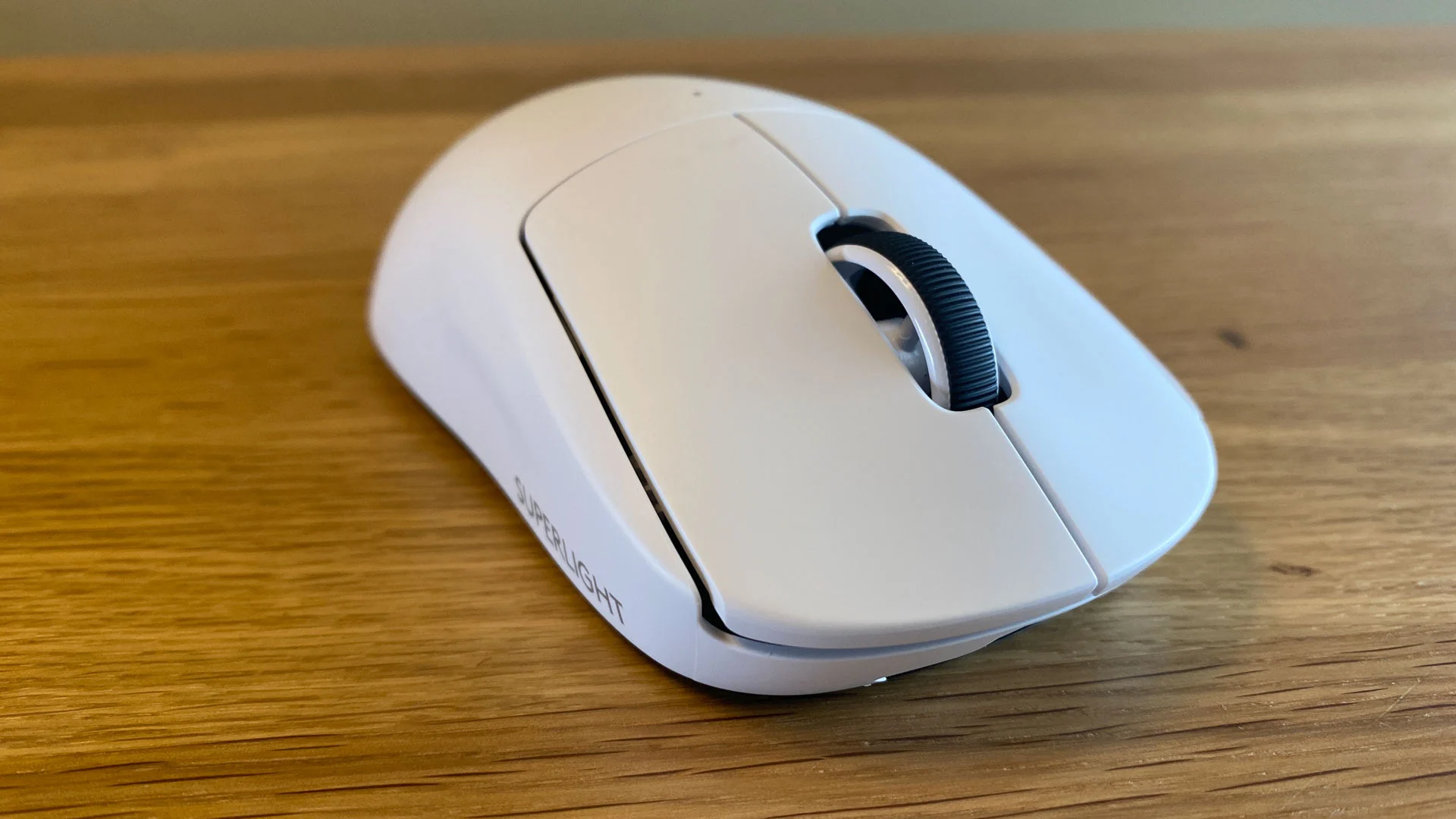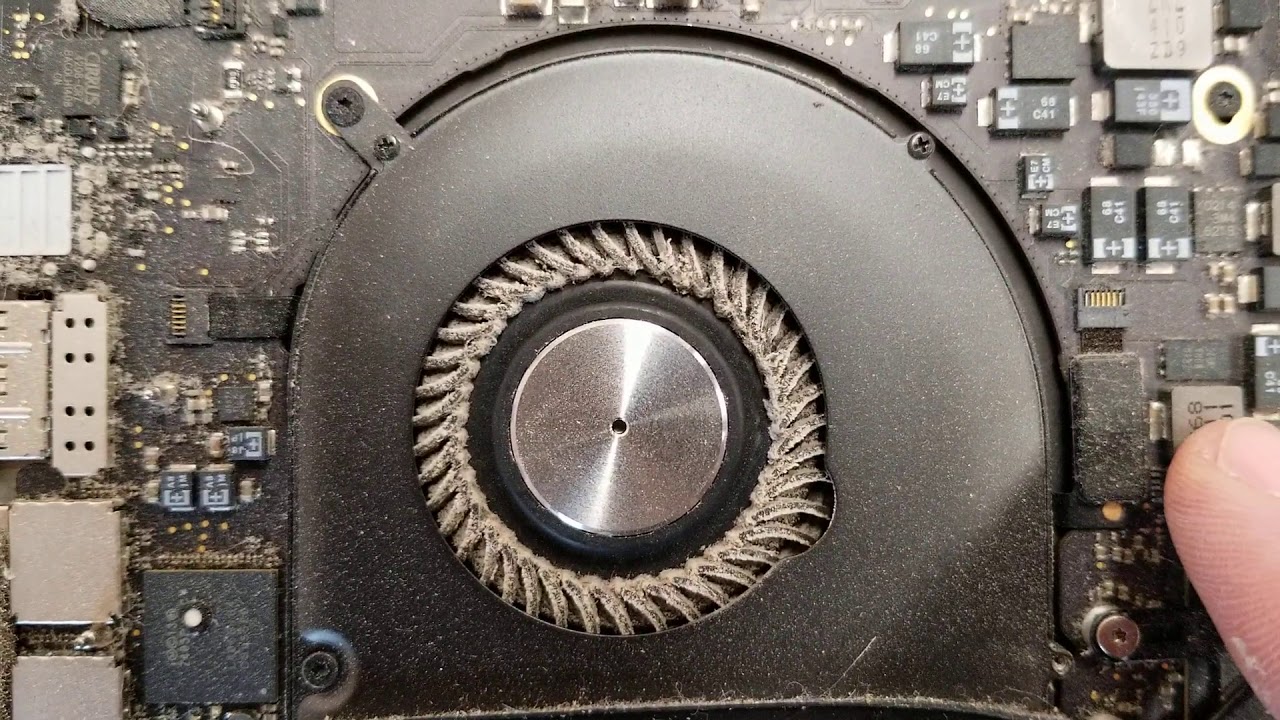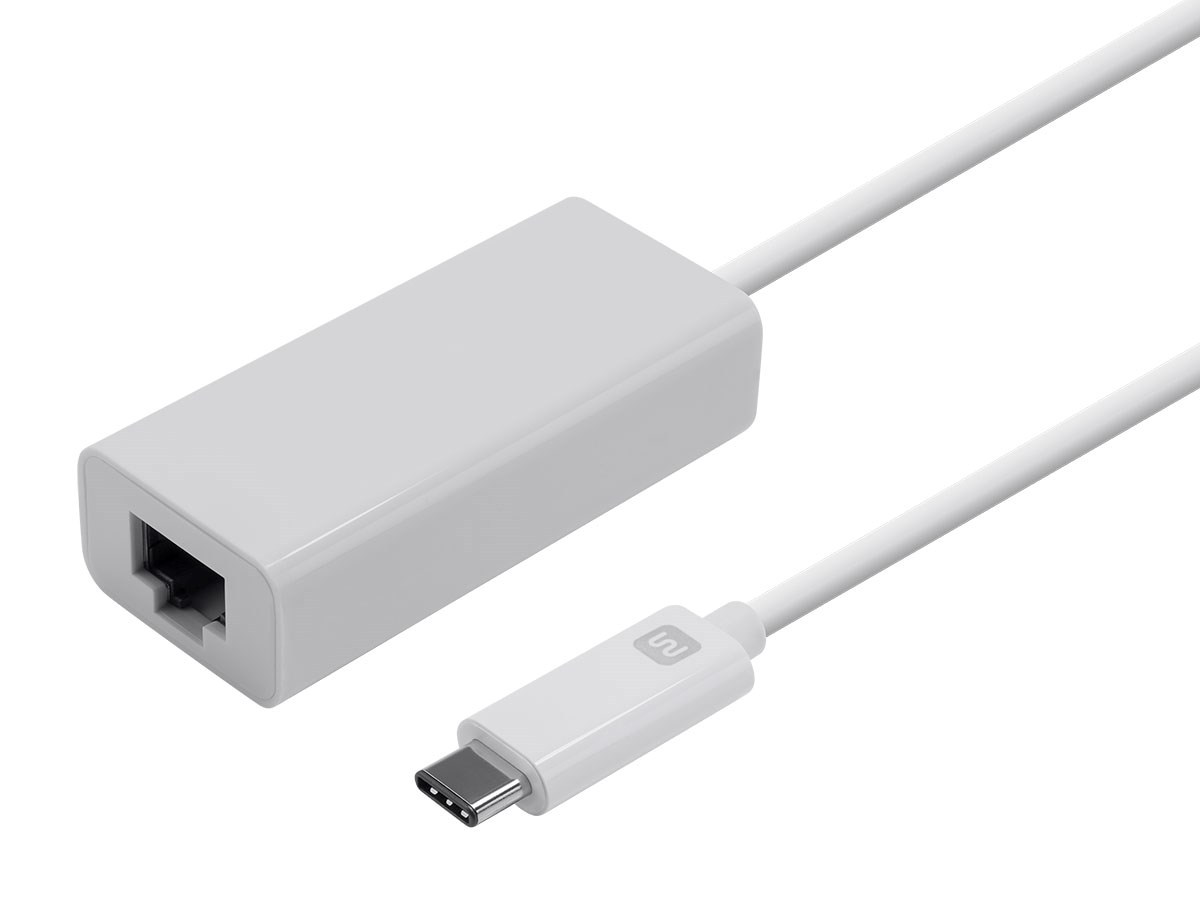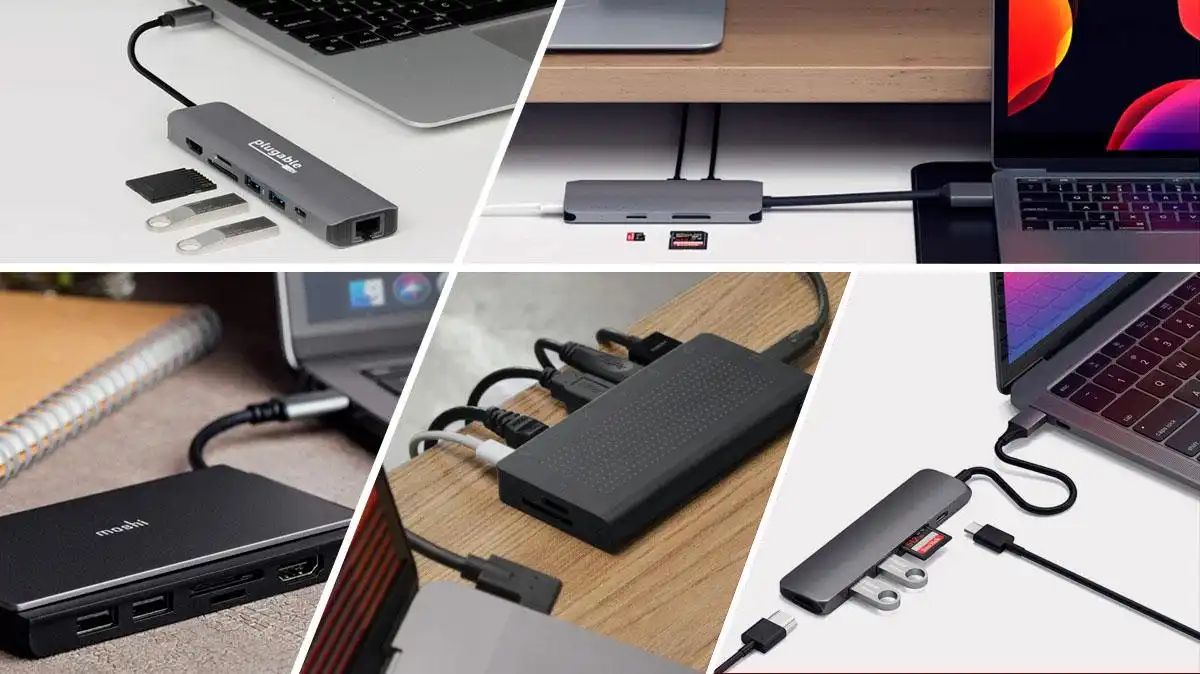Introduction
The MacBook Air and MacBook Pro are two popular laptop models offered by Apple. Both laptops offer impressive features and specifications, making them suitable for a wide range of users. However, there are several key differences between the MacBook Air and MacBook Pro that can help you decide which one is the right fit for your needs.
When choosing between the MacBook Air and MacBook Pro, it’s important to consider factors such as design, performance, display quality, storage capacity, and price. Each laptop has its own strengths and weaknesses, and understanding these differences can help you make an informed decision.
In this article, we will delve into the various aspects of both laptops and compare them side by side. By the end, you’ll have a clear understanding of the differences between the MacBook Air and MacBook Pro.
So, whether you’re a creative professional, a student, or someone who simply needs a reliable and high-performing laptop, read on to find out which MacBook model suits you best.
Design and Portability
One of the primary differences between the MacBook Air and MacBook Pro lies in their design and portability. The MacBook Air is known for its slim and lightweight design, making it incredibly portable and easy to carry around. It weighs only 2.8 pounds and measures just 0.63 inches at its thickest point, making it ideal for those who are constantly on the go.
The MacBook Pro, on the other hand, offers a slightly bulkier design but is still relatively slim and portable. It weighs around 3.1 pounds and measures 0.61 inches in thickness. While the MacBook Pro may not be as lightweight as the MacBook Air, it still offers excellent portability for users who require a more powerful laptop.
Both laptops feature a sleek and modern aesthetic, with a unibody aluminum design that exudes elegance and durability. The MacBook Air’s design is characterized by its tapered edges and minimalist approach, while the MacBook Pro boasts a more squared-off design and a larger touchpad.
In terms of port availability, the MacBook Air offers two USB-C ports and a headphone jack, while the MacBook Pro provides more versatility with four Thunderbolt 3 (USB-C) ports, a headphone jack, and an SDXC card slot. This difference can be crucial for users who require multiple ports for connecting various peripherals.
Overall, if portability is your top priority and you need a laptop that is ultra-lightweight and easy to carry around, the MacBook Air is the ideal choice. However, if you are willing to sacrifice a bit of portability for more power and versatility, the MacBook Pro may be the better option.
Display Quality and Resolution
When it comes to the display, both the MacBook Air and MacBook Pro offer exceptional quality, but there are some notable differences to consider.
The MacBook Air features a 13.3-inch Retina display with a resolution of 2560 x 1600 pixels. This display offers vibrant colors, sharp contrast, and excellent viewing angles, making it suitable for tasks such as web browsing, document editing, and media consumption. The MacBook Air’s Retina display also includes True Tone technology, which adjusts the color temperature based on ambient lighting conditions, providing a more natural viewing experience.
On the other hand, the MacBook Pro offers two display options. The base model features a 13.3-inch Retina display with a resolution of 2560 x 1600 pixels, similar to the MacBook Air. However, there is also a higher-end model available with a larger 16-inch Retina display boasting a resolution of 3072 x 1920 pixels. The 16-inch MacBook Pro offers a larger display area and higher pixel density, resulting in sharper text and more detailed visuals.
Both laptops support the P3 wide color gamut, delivering rich and accurate colors, which is particularly beneficial for photographers, graphic designers, and content creators. Additionally, the MacBook Pro’s display offers higher brightness levels, making it more suitable for users who frequently work in bright environments.
Ultimately, if you prioritize a larger display or require more screen real estate for your work, the 16-inch MacBook Pro is the superior option. However, if a 13.3-inch display is sufficient for your needs, both the MacBook Air and the base model of the MacBook Pro offer excellent display quality.
Performance and Power
When it comes to performance and power, the MacBook Pro outshines the MacBook Air. The MacBook Pro is designed to offer higher processing power, making it the preferred choice for users who demand superior performance.
The MacBook Air is equipped with dual-core Intel processors, which provide enough power for everyday tasks such as web browsing, document editing, and multimedia consumption. It is a suitable option for casual users, students, and individuals who prioritize portability over raw computing power.
On the other hand, the MacBook Pro offers a range of more powerful processor options, including quad-core and six-core Intel processors. The higher core count and faster clock speeds translate to better multitasking capabilities, faster rendering times, and smoother overall performance. This makes the MacBook Pro ideal for professionals, content creators, and anyone who regularly engages in tasks that require intensive processing power, such as video editing, 3D rendering, and music production.
In addition to the superior processors, the MacBook Pro also features a more advanced cooling system. This allows it to sustain higher performance levels for more extended periods without overheating or throttling. The MacBook Air, with its thinner and lighter design, may experience thermal limitations when pushed to its limits.
Furthermore, the MacBook Pro generally offers higher memory options, with configurations of up to 32GB compared to the MacBook Air’s maximum of 16GB. The extra memory can be crucial for users who work with large datasets, run virtual machines, or utilize memory-intensive applications.
In terms of storage, both laptops offer solid-state drives (SSDs) for faster data access and improved overall performance. The MacBook Pro, however, provides greater storage capacity options, with configurations of up to 8TB, compared to the MacBook Air’s maximum of 2TB. This is particularly beneficial for users who work with large files or require ample storage space for their projects.
To summarize, if you require a high-performance laptop capable of handling resource-intensive tasks, the MacBook Pro is the clear winner. Its more powerful processors, advanced cooling system, and higher memory and storage options make it a suitable choice for professionals and power users. However, if you only require a laptop for everyday tasks and prioritize portability, the MacBook Air offers a reliable and capable option.
Graphics and Gaming
When it comes to graphics and gaming capabilities, the MacBook Pro has the upper hand over the MacBook Air. The MacBook Pro is equipped with more advanced graphics processors, making it better suited for graphics-intensive tasks and gaming.
The MacBook Air features integrated graphics with Intel Iris Plus Graphics, which can handle basic graphic tasks such as watching videos, browsing the web, and light photo editing. However, it may struggle with more demanding tasks such as rendering complex 3D graphics or playing graphics-intensive games at high frame rates.
In contrast, the MacBook Pro offers dedicated graphics cards from AMD, providing superior graphics performance. The base model of the MacBook Pro comes with integrated Intel Iris Plus Graphics, which provides better performance than the MacBook Air’s integrated graphics. However, the higher-end configurations of the MacBook Pro offer discrete AMD Radeon Pro graphics cards, which offer even more powerful performance for graphics-intensive tasks.
This additional graphics power offered by the MacBook Pro makes it a preferred choice for professionals and creative individuals who work with graphics-intensive applications such as video editing, 3D modeling, and graphic design software. The MacBook Pro’s dedicated graphics cards also allow for better gaming performance, enabling users to enjoy a smoother and more immersive gaming experience.
It’s important to note that while the MacBook Pro offers better graphics performance, it may not match the capabilities of dedicated gaming laptops or desktops specifically designed for gaming. However, for casual gamers and individuals who prioritize both graphics performance and portability, the MacBook Pro can still deliver an enjoyable gaming experience.
If gaming or graphics-intensive work is a significant requirement for you, then the MacBook Pro is the way to go. However, if you have minimal gaming needs and primarily use your laptop for other tasks such as productivity, content consumption, and web browsing, the MacBook Air’s integrated graphics will suffice.
Storage Capacity and Speed
The storage capacity and speed of a laptop are crucial factors to consider, especially for users who work with large files, store extensive media libraries, or require quick access to their data. Both the MacBook Air and MacBook Pro offer fast and reliable solid-state drives (SSDs), but there are differences to consider in terms of storage capacity and speed.
The MacBook Air provides storage options ranging from 256GB to 2TB. This range offers ample space for most users, allowing them to store their files, documents, photos, and videos without any issues. The SSDs on the MacBook Air provide fast read and write speeds, resulting in quick file transfers, fast boot times, and smooth overall performance.
On the other hand, the MacBook Pro offers a wider range of storage options, starting from 512GB and going up to a whopping 8TB. This expanded range caters to users who require substantial storage capacity for large multimedia projects, extensive databases, or professional-grade software installations. The SSDs on the MacBook Pro also deliver exceptional speed, ensuring quick access to data and seamless multitasking.
In terms of speed, both laptops feature PCIe-based SSDs, providing faster performance compared to traditional hard drives. However, the MacBook Pro may have a slight edge in terms of sustained speeds and higher capacity options, making it more suitable for users who frequently work with large files or engage in data-intensive tasks.
It’s worth noting that the storage capacity on both laptops is non-upgradable, as the SSDs are soldered onto the motherboard. Therefore, it’s important to carefully consider your storage needs and choose a configuration that suits your requirements.
In summary, if you require ample storage capacity for storing large files, media libraries, or professional work projects, the MacBook Pro offers a wider range of options to choose from. However, if you have more modest storage requirements and value portability over enhanced storage capacity, the MacBook Air provides sufficient storage space and speedy performance.
Connectivity Options
When it comes to connectivity options, there are some key differences to consider between the MacBook Air and MacBook Pro. These differences can play a significant role in determining which laptop is best suited for your needs.
The MacBook Air offers a limited number of ports compared to the MacBook Pro. It features two Thunderbolt 3 (USB-C) ports, a headphone jack, and a single USB 3.1 Gen 2 port. While the Thunderbolt 3 ports are versatile and can be used for charging, data transfer, and connecting external displays, the limited number of ports may require you to use adapters or hubs for connecting multiple peripherals simultaneously.
In contrast, the MacBook Pro offers more extensive connectivity options. It features four Thunderbolt 3 (USB-C) ports, a headphone jack, and an SDXC card slot. The additional ports on the MacBook Pro provide greater flexibility, allowing you to connect multiple devices, external displays, and accessories without the need for adapters or hubs. This makes the MacBook Pro more suitable for users who require a wide array of connectivity options, such as photographers, video editors, or individuals who work with external storage devices or specialized peripherals.
Both laptops support Wi-Fi 6 (802.11ax) and Bluetooth 5.0, ensuring fast and reliable wireless connectivity. However, the MacBook Pro may provide a slightly stronger antenna and better signal reception due to its larger size and more advanced internal components.
It’s important to consider your specific connectivity needs and determine whether the limited number of ports on the MacBook Air will suffice or if the additional ports on the MacBook Pro are necessary for your workflow.
Overall, if you require multiple ports and a more versatile connectivity solution, the MacBook Pro is the better choice. Conversely, if you have minimal peripheral requirements and can make do with the available ports on the MacBook Air, it can still provide satisfactory connectivity.
Battery Life
Battery life is a critical aspect to consider when choosing a laptop, particularly for users who value portability and need their device to last through a full day of work or travel without needing to recharge. Both the MacBook Air and MacBook Pro offer respectable battery life, but there are differences to be aware of.
The MacBook Air is known for its exceptional battery efficiency. It is equipped with a 49.9-watt-hour lithium-polymer battery that can provide up to 11 hours of web browsing, 12 hours of video playback, and up to 30 days of standby time. This impressive battery life is ideal for individuals who are constantly on the move and need reliable power throughout the day.
On the other hand, the MacBook Pro generally offers a slightly shorter battery life compared to the MacBook Air. The 13-inch MacBook Pro is equipped with a 58.2-watt-hour lithium-polymer battery that can deliver up to 10 hours of web browsing and video playback. The 16-inch MacBook Pro, due to its larger size and more powerful components, features a larger 100-watt-hour battery that can provide up to 11 hours of web browsing and video playback.
It’s important to note that actual battery life may vary depending on usage patterns, specific tasks, and the intensity of the applications being used. Running demanding software, gaming, or utilizing powerful hardware components can significantly impact battery life, regardless of the model.
When comparing battery life between the MacBook Air and MacBook Pro, it’s clear that the MacBook Air offers a slight advantage in terms of overall longevity. However, it’s important to consider your specific power requirements and determine if the difference in battery life is significant enough to influence your decision.
Ultimately, if extended battery life is a top priority for you, and you require a laptop that can last all day without frequent charging, the MacBook Air’s impressive battery efficiency makes it the more suitable choice. However, if you prioritize other factors such as performance or graphics capabilities, sacrificing a bit of battery life for a more powerful MacBook Pro might be worth considering.
Price and Value for Money
When comparing the MacBook Air and MacBook Pro, price is an important factor to consider. The MacBook Air is generally the more affordable option, making it a popular choice for budget-conscious users.
The MacBook Air starts at a lower price point compared to the MacBook Pro, making it accessible to a wider range of users. Its entry-level configuration includes an Intel Core i3 processor, 8GB of RAM, and 256GB of storage. This configuration is suitable for everyday tasks and basic computing needs.
On the other hand, the MacBook Pro is priced higher due to its more advanced specifications and performance capabilities. The base model of the MacBook Pro includes an Intel Core i5 processor, 8GB of RAM, and 256GB of storage. However, the MacBook Pro offers various configuration options, allowing you to upgrade to a more powerful processor, increase memory capacity, and expand storage. These higher specifications cater to professionals, creatives, and users with demanding computing needs.
It’s essential to evaluate your specific requirements and determine whether the additional features and performance offered by the MacBook Pro justify the higher price. If you primarily use your laptop for basic tasks such as web browsing, word processing, and media consumption, the MacBook Air provides excellent value for money.
However, if you require a laptop with more processing power, advanced graphics capabilities, and the ability to handle resource-intensive tasks such as video editing, graphics design, or software development, the MacBook Pro’s higher price may be justified for the added performance and capabilities.
Overall, the MacBook Air offers great value for budget-conscious users or those whose computing needs are relatively light. The MacBook Pro, with its higher price tag, provides enhanced performance and features that cater to professionals and power users.
Consider your budget and what features and performance are essential to your specific needs. Remember that investing in the right laptop now can result in better efficiency, productivity, and longevity over the long term.
Conclusion
After examining the various aspects of the MacBook Air and MacBook Pro, it is evident that both laptops have their respective strengths and weaknesses. The choice between the two ultimately depends on your specific needs, preferences, and budget.
If you prioritize portability, sleek design, and affordability, the MacBook Air is an excellent choice. Its slim and lightweight form factor, impressive battery life, and lower price point make it ideal for users who mainly engage in everyday tasks such as web browsing, document editing, and multimedia consumption. The MacBook Air is also suitable for students and individuals who prioritize mobility and value a more budget-friendly option.
However, if you require more power, enhanced performance, advanced graphics capabilities, and higher storage options, the MacBook Pro is the superior option. The MacBook Pro caters to professionals, content creators, and power users who engage in resource-intensive tasks such as video editing, graphic design, coding, and 3D rendering. It provides a range of configuration options to meet specific demands, and its larger display, additional ports, and superior cooling system make it a versatile and capable workstation.
Ultimately, the choice between the MacBook Air and MacBook Pro comes down to balancing your specific requirements, budget, and desired level of performance. Consider your needs in terms of design, display quality, performance, graphics capabilities, storage capacity, connectivity options, battery life, and overall value for money.
Whichever MacBook model you choose, rest assured that Apple’s commitment to quality, reliability, and user experience shines through in both alternatives. Evaluate your needs, explore the available configurations, and make the decision that aligns with your workflow and personal preferences.
Whether you opt for the sleek and portable MacBook Air or the powerful and versatile MacBook Pro, you can be confident in owning a premium laptop that will serve you well for years to come.

























